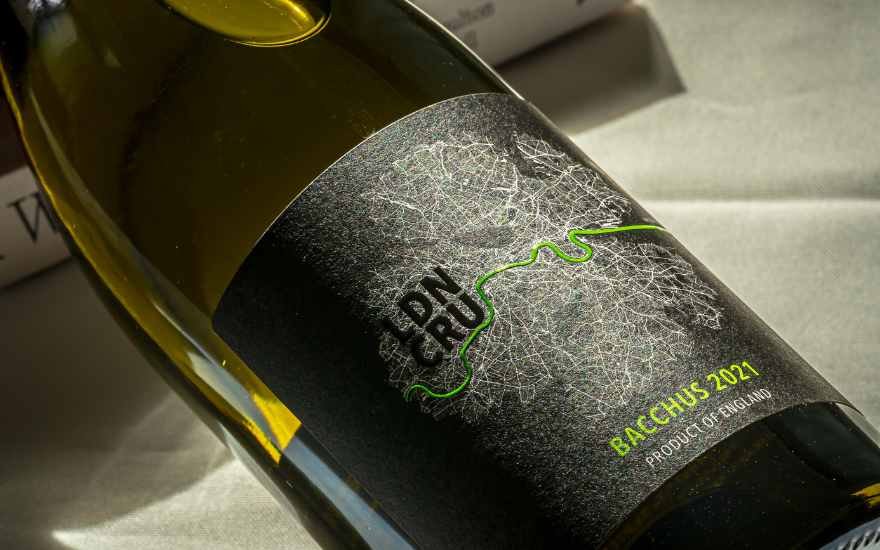If you love your wine, then you’ll definitely have wondered how healthy it actually is. You’ll probably also have heard different things about, for example, red wine’s health benefits, and more so than anything, you’ll have hoped that all the good stuff is true, and the bad stuff is exaggerated. Let’s get to the bottom of it once and for all.
Research into this area has been ongoing for a long time, but dietitian Cynthia Sass recently published a medically reviewed article for Health.com that makes for very interesting reading. Ruby reds, with Pinot Noir leading the charts, contain significantly more antioxidants than other styles. These have numerous benefits including protection from free radicals which cause skin damage, skin elasticity, heart disease protection and so on.
Red wines like this can also boost good cholesterol whilst decreasing bad cholesterol, with moderate consumption linked to a 12% increase in good cholesterol. But the boons don’t end there. Resveratrol is a polyphenol found in grape skins, but mainly red grapes and Pinot Noir has up to 16mg per litre. It’s been linked to plenty of health benefits including reductions in the risks of certain cancers.
White wines enjoyed far less skin contact time during their production, so miss out on many of these benefits. However, if you adore whites, then dry whites with less sugar are the healthier choice – certainly more than many spirits and cocktails.
One style of wine that also stands out as a bit of a winner for your health is orange wine, described in this latest research as the second healthiest after reds. There is plenty of skin contact to achieve the beautiful orange colouring, which results in a boost for antioxidants and polyphenols. Not as good as reds, but better than whites.
The other main piece of advice, no matter the wine style, is to try and go for organic. The full benefits aren’t yet known, but it’s believed that the reduced chemical-usage and pollution is not only better for the environment but better for you too.
Now, that’s the goodness that can be contained in wine covered, but of course, it isn’t plain sailing into the sun – far from it. Where we mentioned clearer, younger-looking skin earlier; well, excessive alcohol actually damages the skin. And this example highlights the most important thing to remember, that, let’s face it, we probably all knew anyway – moderation is the key.
So much of the research concerning the benefits of alcohol and wine is in development or conflicting and we just can’t be absolutely sure. Most researchers agree that ‘red wine in moderation’ doesn’t do much harm and is most likely to be fairly good for you for the reasons stated above – yippee! However, the negative effects of continued, excessive alcohol consumption are far more studied and known about – weight gain, strokes, liver damage, blood pressure, heart damage, cancers and so on.
In conclusion, you can sleep easy knowing that the most popular way to enjoy wine (a glass with dinner) on multiple days of the week is okay, and if it’s an organic, dry red then there’s every chance it’s good for you too. But don’t get your hopes up that this and this alone will keep you healthy. For example, it may be possible to get these same wine benefits from grape juice or grapes themselves, and it’s certainly possible to get them from other sources that are proven to be fantastic for your health like exercise and vegetables.
To finish with a bit of positivity, we want to remind you that researchers have also looked into the benefits of the act of drinking wine itself. Enjoying a wine that you find delicious, particularly with complimentary food and socialising with friends is beneficial to overall health. Not only is it fundamentally enjoyable, which is what life is all about, but experiencing this is also great for your health and mood.










